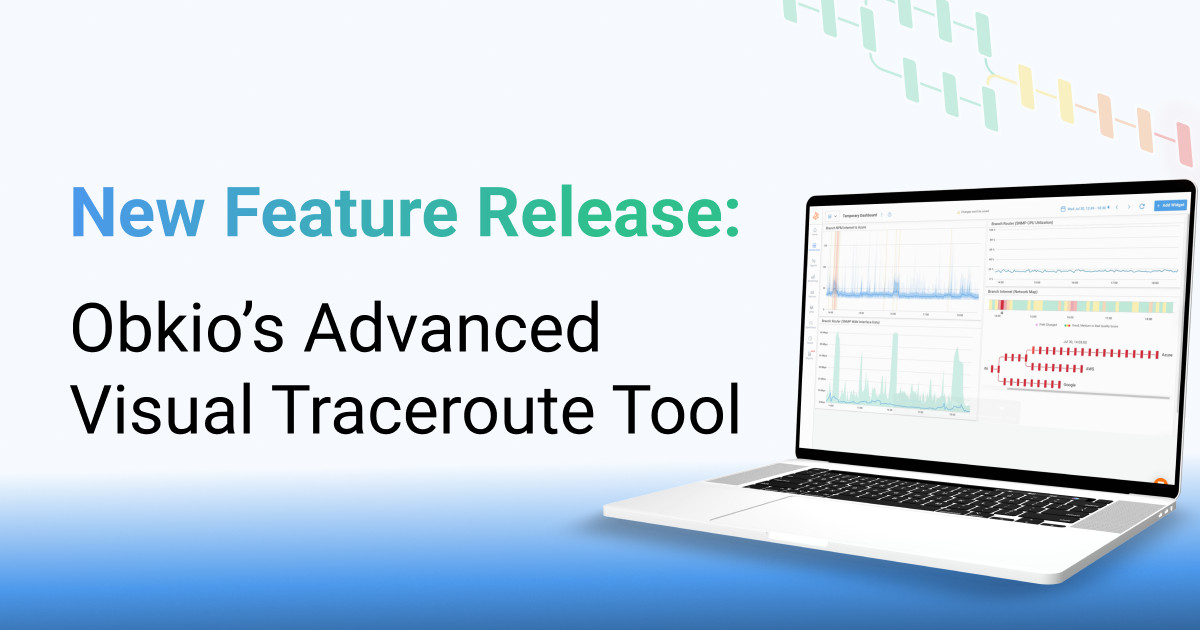Network Monitoring Session Graphs
- What is blue line and areas in the Graph.
- What are the yellow and red backgrounds.
What you are going to learn:
The Network Response Time Graph gives you the details of the Latency and packet loss between two agents. On this page, you will get details and examples of every piece of data available on the graph.
The bold blue line is the median latency (50th percentile).
Below the bold blue line, you have two blue areas.
- The first one below the line covers the 50th to 10th latency percentiles.
- The bottom area with a lighter blue covers from 10th percentile to latency minimum value.
Above the bold blue line, you have three areas:
- The first one just above the line covers the 50th to 90th latency percentiles.
- The next one covers the 90th to 95th latency percentiles.
- The last one covers the 95th to 99th latency percentiles.

The packet loss is represented by a background color.
- Packet loss over the Warning Threshold (default 2%) is Yellow
- Packet loss over the Error Threshold (default 5%) is Red

Learn more on how to change the packet loss thresholds.
Over time, the data is automatically aggregated to be able to display graphs over a large period of time. For example, a graph over a week would represent over 10,000 data points, which is much higher than the number of pixels on a screen.
If there is aggregation, the worst value is displayed in the aggregated graph. This means, for example, that the packet loss displayed over an aggregated period of 1h is the worst packet loss of all the small 1-min periods in the hour.
So when looking at graphs over a long period of time, keep in mind that the packet loss is not sustained over all the datapoints. To have the exact value, just zoom in using the mouse by dragging over the period.
Without that aggregation rule, over a long period of time, the network performance looks great but it hides small events of bad performance.
You can zoom into the graphs with the mouse by selecting the period of time.



























